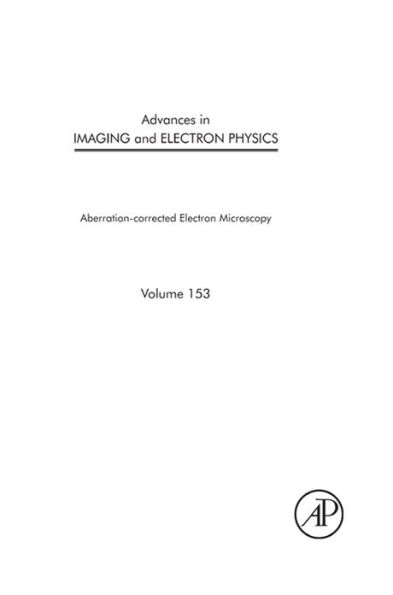Advances in Imaging and Electron Physics: Aberration-corrected Electron Microscopy
The invention of the electron microscope more than 70 years ago made it possible to visualize a new world, far smaller than anything that could be seen with the traditional microscope. The biologist could study viruses and the components of cells, the materials scientist could study the structure of metals and alloys and many other substances, and especially their defects. But even the electron microscope had limits, and truly atomic structure was still too small to be observed directly. The so-called "limit of resolution" of the microscope was well understood, but attempts to use the necessary correctors were unsuccessful until the late 1990s. Such correctors now equip many microscopes in Europe, the USA and Japan and the results are extremely impressive. Moreover, microscopists feel that they are only at the beginning of a new era of subatomic microscopic imaging. In the present volume, we have brought together the principal contributors, instrument designers and microscopists to discuss this topic in depth. - First book on the subject of correctors - Well known contributors from academia and microscope manufacturers - Provides an ideal starting point for preparing funding proposals
1139969327
Advances in Imaging and Electron Physics: Aberration-corrected Electron Microscopy
The invention of the electron microscope more than 70 years ago made it possible to visualize a new world, far smaller than anything that could be seen with the traditional microscope. The biologist could study viruses and the components of cells, the materials scientist could study the structure of metals and alloys and many other substances, and especially their defects. But even the electron microscope had limits, and truly atomic structure was still too small to be observed directly. The so-called "limit of resolution" of the microscope was well understood, but attempts to use the necessary correctors were unsuccessful until the late 1990s. Such correctors now equip many microscopes in Europe, the USA and Japan and the results are extremely impressive. Moreover, microscopists feel that they are only at the beginning of a new era of subatomic microscopic imaging. In the present volume, we have brought together the principal contributors, instrument designers and microscopists to discuss this topic in depth. - First book on the subject of correctors - Well known contributors from academia and microscope manufacturers - Provides an ideal starting point for preparing funding proposals
260.0
In Stock
5
1

Advances in Imaging and Electron Physics: Aberration-corrected Electron Microscopy
590
Advances in Imaging and Electron Physics: Aberration-corrected Electron Microscopy
590
260.0
In Stock

Product Details
| ISBN-13: | 9780080880358 |
|---|---|
| Publisher: | Elsevier Science & Technology Books |
| Publication date: | 06/12/2009 |
| Series: | Advances in Imaging and Electron Physics , #153 |
| Sold by: | Barnes & Noble |
| Format: | eBook |
| Pages: | 590 |
| File size: | 27 MB |
| Note: | This product may take a few minutes to download. |
About the Author
From the B&N Reads Blog
